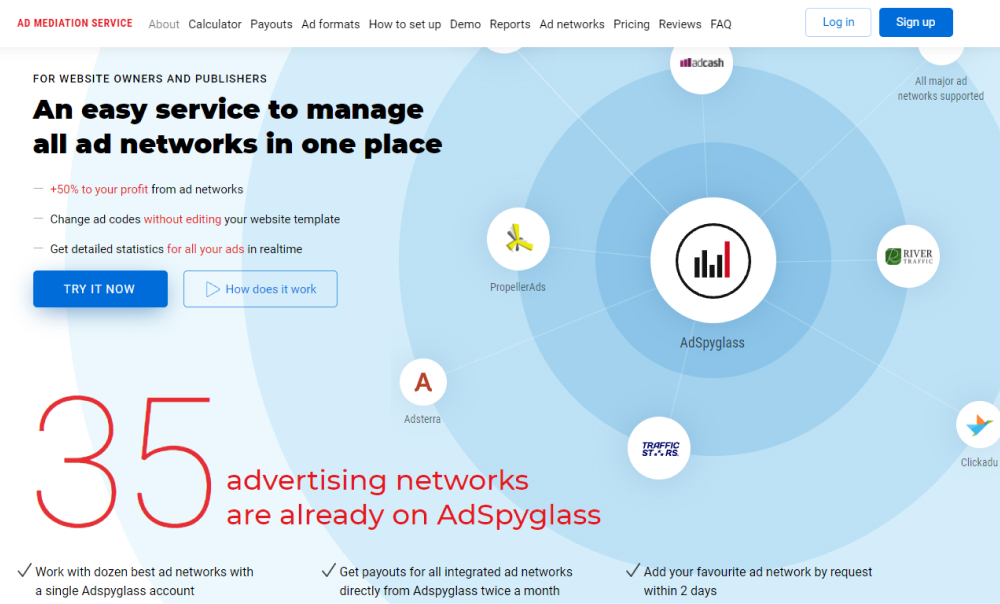A demand-side platform (DSP) is software that advertisers use to buy videos, search, and mobile ads from the marketplace where publishers list their advertising inventory. With these platforms, it is easy to manage the advertising across several real-time bidding platforms instead of just Google Ads. DSPs, in combination with supply-side platforms, ensure programmatic advertising.
Pros and Cons of Using DSP
Pros
- Efficiency: it’s more effective to use a DSP when running several campaigns across different networks. This makes it easy to adjust them all from the dashboard.
- Data: Some DSPs can provide advertisers with more information because they’re partners to third-party data providers.
- Targeting: targeting is easier when there’s more than enough data. Improved targeting increases post-click landing pages and personalized ads, and this increases the chances of conversion.
- Support: DSPs provide more support than the conventional helpdesk customer support you get from a single network.
- High-quality inventory: DSPs can access many of the major networks. So if you want a premium inventory, then you should be using a DSP.
Cons
- DSPs may require huge investments. So if you’re going to use a DSP, you should have a budget of over $5,000 monthly for ads.
- Complexity: you could overcomplicate things when you aggregate data. Some advertisers might see DSPs as being too complex for them to see their benefits.
